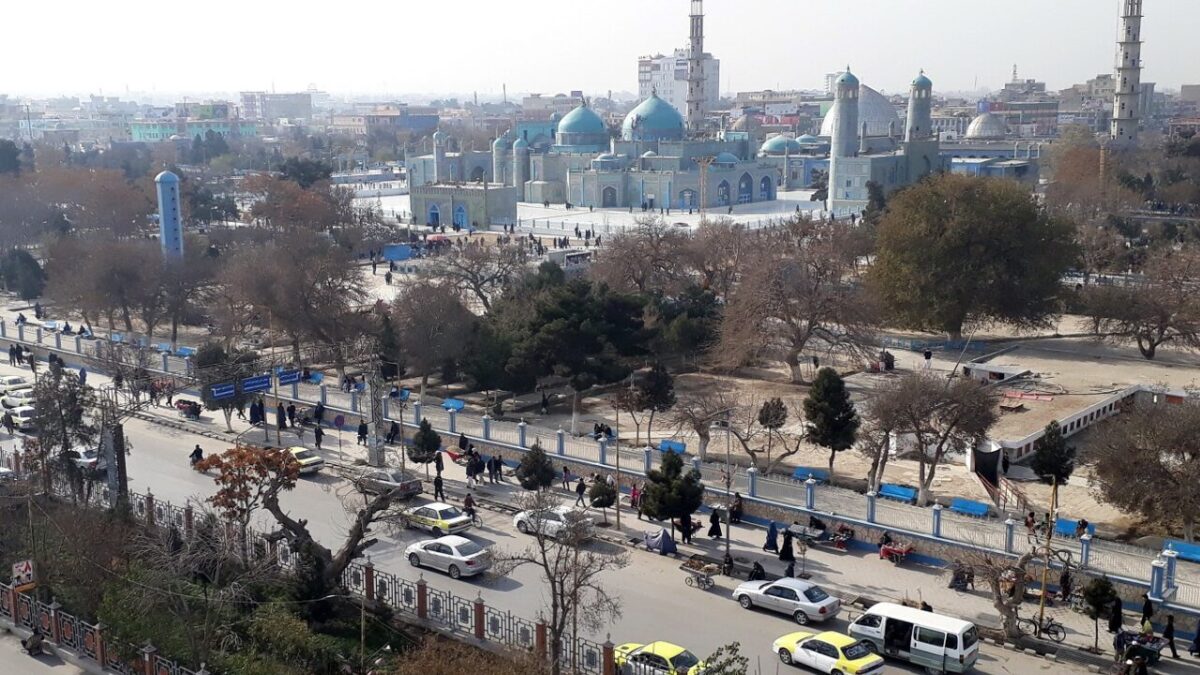A blast caused by the detonation of 22 rockets hidden in a residence in Chahar Bolak district, in Afghanistan’s northern Balkh Province, destroyed three homes, according to a statement from the Taliban.
The Taliban’s security department in Balkh initially reported that the explosion was triggered by a gas cylinder detonation near the house, though details remain unclear. No casualties were reported in the incident.
The blast comes amid mounting concerns over the widespread presence of unexploded ordnance and improvised explosive devices (IEDs) across Afghanistan. Earlier this month, The HALO Trust, a nonprofit organization focused on mine clearance, reported that IED contamination in Afghanistan has grown to over 65 square kilometers, up from 53 square kilometers at the end of 2022.
This contamination affects 26 of the country’s 34 provinces, posing an ongoing risk to civilians. Afghanistan is among four nations classified as experiencing “massive contamination” from landmines and explosive remnants of war, according to the report.
Globally, the threat remains dire. The HALO Trust estimated that as of late 2023, IED contamination in Iraq spanned approximately 434 square kilometers. The United Nations has reported that explosive devices and leftover war ordnance kill an estimated 110 people each month worldwide, with children accounting for 89 percent of the casualties.





